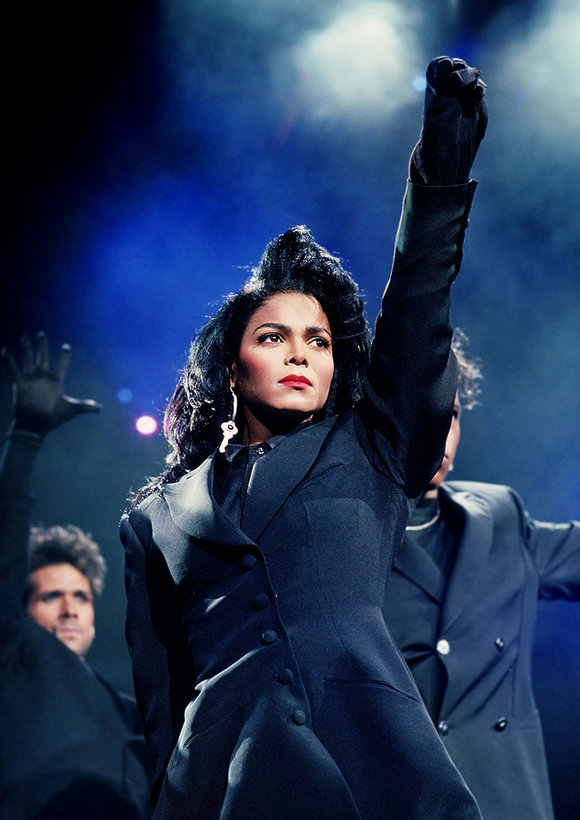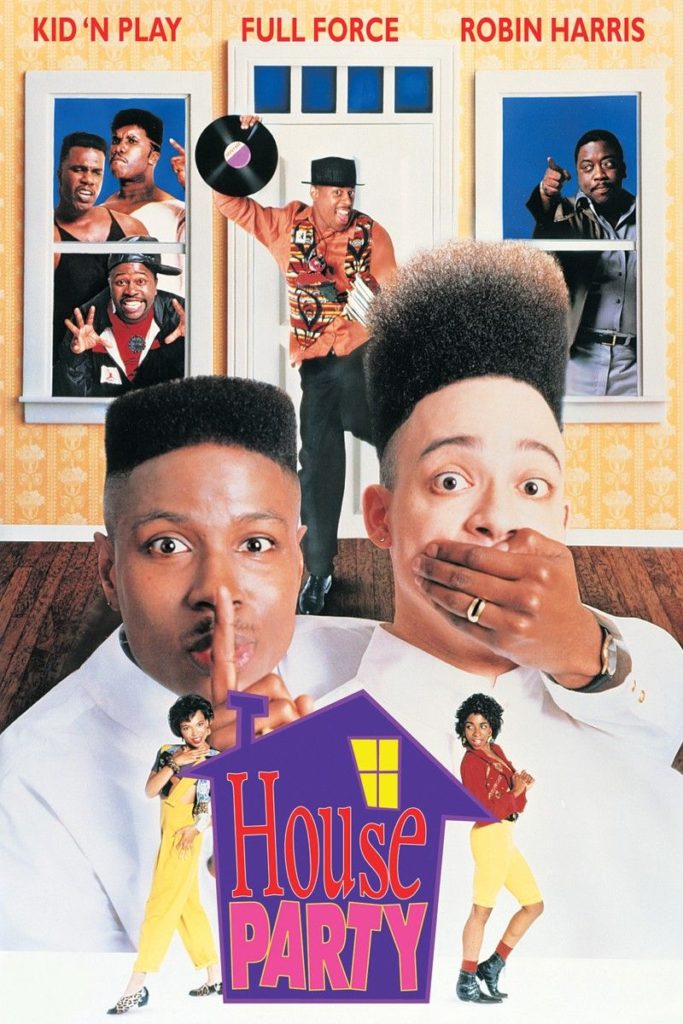
By the time 1990 rolled around, mainstream Top 40 music had grown increasingly “urban-informed” in sound and look: the biggest chart toppers included: Soul II Soul, Paula Abdul, Milli Vanilli, and Janet Jackson. Even ’80s Pop icon Madonna sought a more “urban-informed” image by incorporating more African-Americans in her videos (“Like A Prayer”), and onstage (i.e. sidekick/back-up singer Nikki Harris).
The demand for all things “urban” among young suburban audiences was so strong because to them, the New Jack Swing movement was still young, fresh, and new at that point. The American Music Awards that January vividly reflected the music industry’s shift towards “urban” and “urban-informed” acts, featuring performances by Paula Abdul, Tone Loc, Janet Jackson, Bobby Brown, and the New Kids On The Block. Additionally, awards and nominations were given out to the likes of MC Hammer, Young MC, Eazy-E, Babyface, and Guy for the first time ever.
Meanwhile, more traditional New Jack Swing artists such as Tony Toni Tone, Jody Watley, Salt’N’Pepa, and Dr. Dre’s Michelle continued to score major Top 40 hits, further blurring the lines between “urban” and “Pop” music. Even Teddy Riley scored a crossover hit with his remix of Jane Child’s “I Don’t Wanna Fall In Love.” But the best example of an originally “urban” act in 1990 that had managed to cross over and become a major force in pop music is MC Hammer, with Please Hammer, Don’t Hurt ‘Em. Besides “U Can’t Touch This,” the album delivered a string of hits including “Have You Seen Her,” “Pray,” and “Dancin’ Machine.”
1990 was also the year that the remaining members of New Edition emerged onto the music scene with their respective solo projects. Johnny Gill arrived first, followed within days by Bell Biv DeVoe. During that very same spring, En Vogue would make an excellent first impression with “Hold On,” and the New Jack Era’s first lighthearted (and most impressive) film would make its cinematic debut: Reginald Hudlin’s House Party, starring Kid’N’Play.

By the summer of 1990, it seemed official: R&B and Hip-Hop were the most dominant genres of popular music. Janet Jackson’s “Alright” video featured a verse by rapper Heavy D. A soulful young singer on Columbia/Sony records by the name of Mariah Carey was taking the world by storm with her debut single, “Vision of Love.” Pop star Glenn Medeiros scored a major hit in the form of “She Ain’t Worth It” featuring a guest appearance by Bobby Brown. “Whip Appeal” by Babyface was one of the biggest slow jams of the year, and the R&B-lite New Kids On The Block had just released their third album, Step By Step.
Additionally, Londonbeat’s “I’ve Been Thinking About You” was a solid hit, blue-eyed soulstress Lisa Stansfield’s “Been Around The World” was a bona fide smash, and DeeLite’s “Groove Is In The Heart” (featuring rapper Q-Tip) sent dance floors across the world into a frenzy. And fresh out of Germany, Hip-Hop/Dance act Snap was setting charts ablaze with their eternal classic, “The Power.”
At the MTV Video Music Awards (hosted by Arsenio Hall) that September, Janet Jackson dazzled audiences with a then surprisingly sexy, energetic performance of “Black Cat”, and for the first time in music history, all six members of New Edition reunited onstage for a performance. In nominations and awards, “urban-informed” dance music dominated the VMAs that year: Madonna, Paula Abdul, Janet Jackson and MC Hammer were all big winners that night.
Later that fall, LL Cool J’s “Boomin System” single (produced by Marley Marl) marked the official comeback of Def Jam’s premier solo artist. Other notable hip-hop releases in 1990 included Public Enemy’s Fear of a Black Planet, Ice Cube’s Amerikkka’s Most Wanted and Kill At Will, Brand Nubian’s One For All, and Digital Underground’s Sex Packets. Notable hip-hop singles included Boogie Down Productions’ “Love’s Gonna Get’Cha (Material Love),” Chubb Rock’s “Treat ‘Em Right,” and Kwame’s “Ownlee Eue.”
On the R&B side of things, Keith Sweat scored big time with his second album I’ll Give All My Love To You featuring “Make You Sweat,” “Merry Go-Round,” and the title track, which is a classic to this day. Guy also returned with The Future, featuring the hits “I Wanna Get With U,” and “Let’s Chill.” Even Jasmine Guy from NBC’s A Different World released an album that actually performed quite well, with three singles: “Try Me,” “Another Like My Lover,” and “I Just Wanna Hold You.”
Other R&B acts that shined brightly in 1990 included Babyface, Samuelle, Today, Basic Black, Hi-Five, The Boys, Special Generation, Oaktown 357, Troop, Midnight Star, Surface, and of course, Pebbles. In November, Bell Biv DeVoe would receive the “Best New Artist” award at the first-ever televised Billboard Music Awards, airing on the Fox network.
By the end of 1990, the New Jack Swing era had triumphantly reached its commercial peak. On Fox Television, America’s first urban-themed sketch comedy show In Living Color made its debut, with a theme song performed by Heavy D. During the New Jack Era, In Living Color was a highly rated show. However, a major backlash by suburban audiences was brewing, and by the end of 1991, things were going to look a lot different than they did in 1990…
1991


